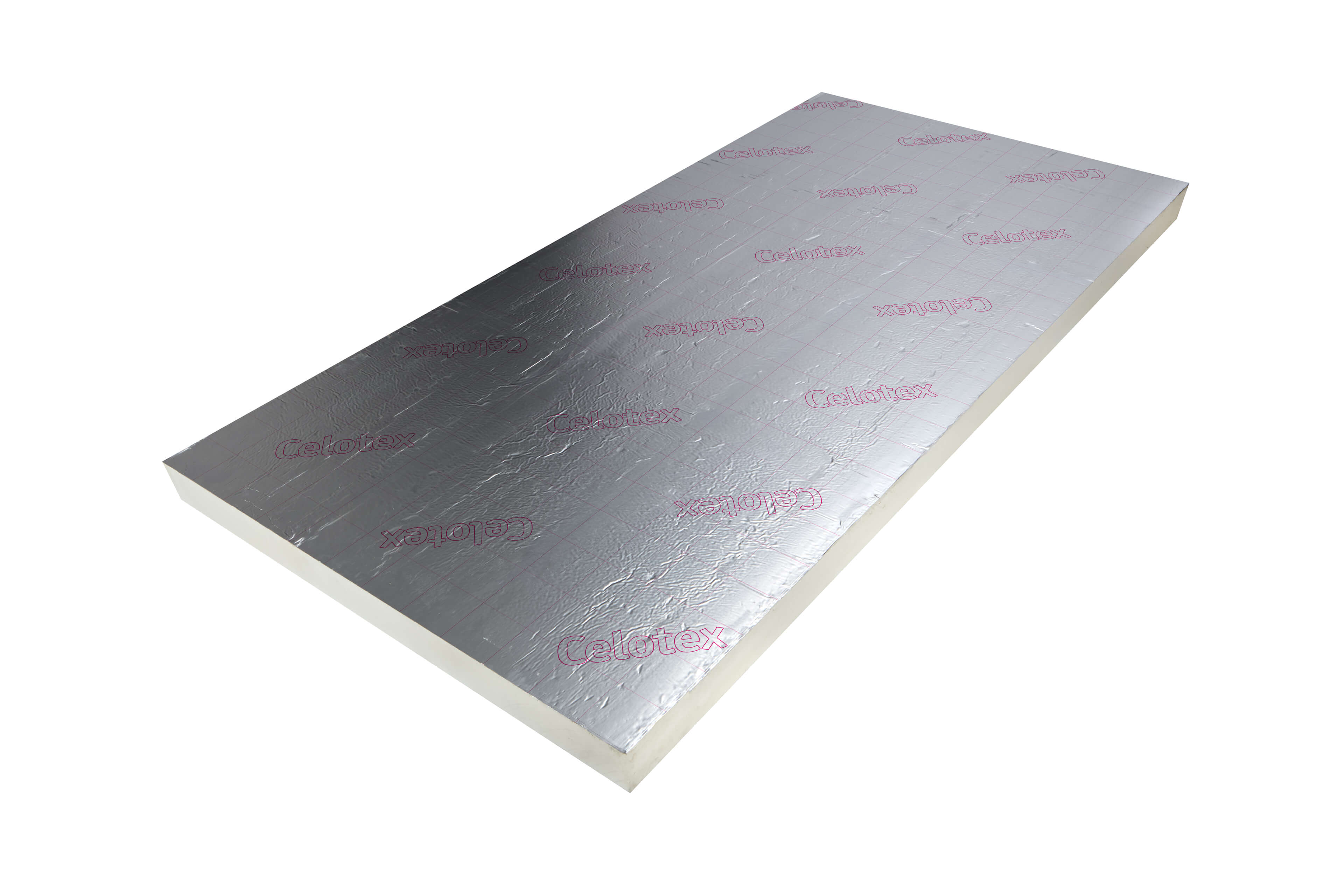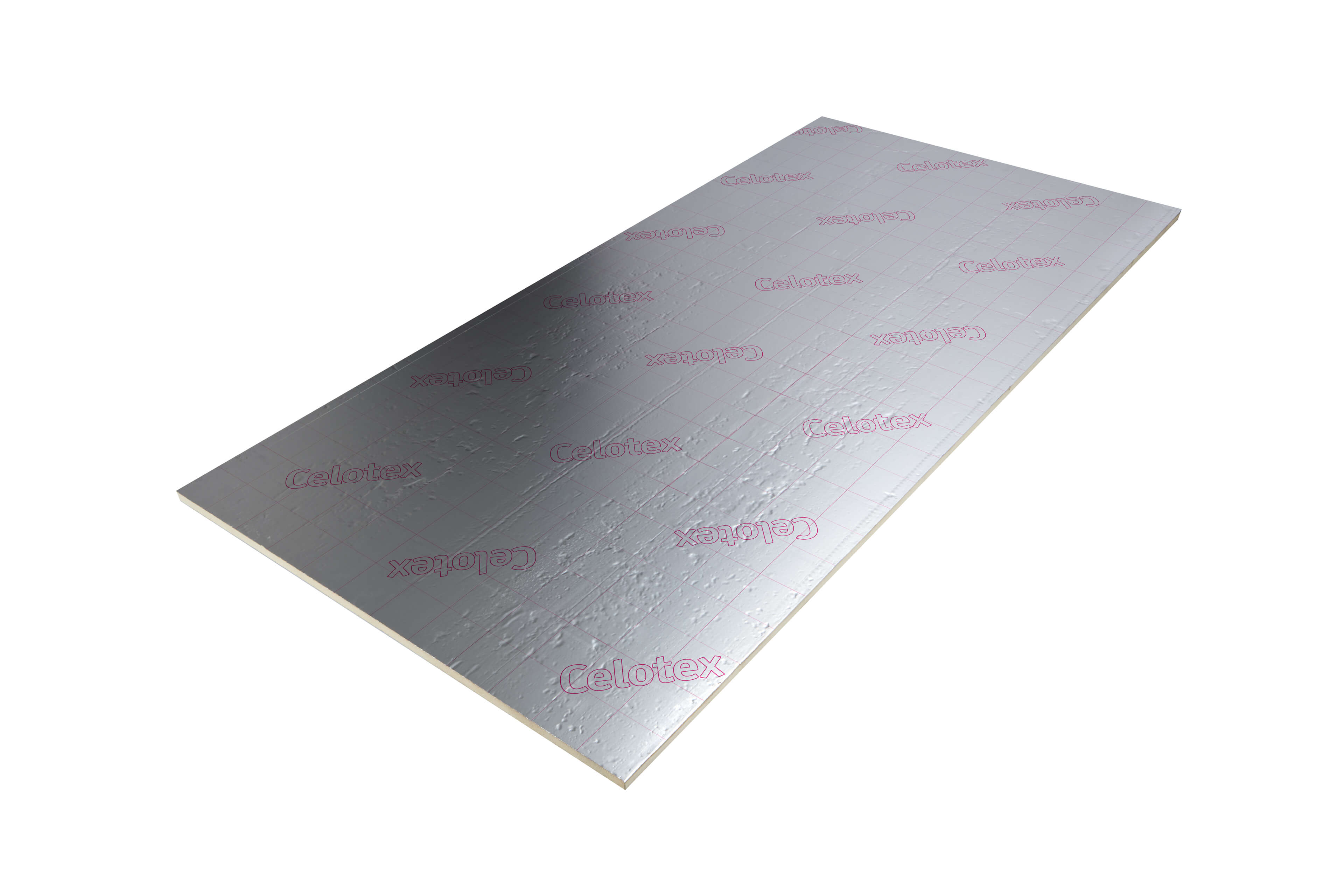Floor Insulation
(84 Products)Floor insulation is more than a mere addition to a building's structure; it's a vital component that affects everything from temperature regulation to energy efficiency. Whether dealing with concrete floors, timber, or other building materials, understanding the importance of insulation at the floor level is crucial to a comfortable living environment. It is as integral as either loft insulation or wall insulation. There are many variations of floor insulation, from PIR Insulation Boards with high thermal performance, to Rockwool RWA45 Insulation Slabs that offer enhanced acoustic properties.
What Is Floor Insulation?
Floor insulation is a process that involves adding materials to the underside of floorboards in order to improve a property's energy efficiency.
By preventing heat loss, floor insulation helps to lower carbon emissions, increase comfort, and save money. You can also wave goodbye to the discomfort of cold floorboards when brewing your morning coffee.
Floor insulation is predominantly installed within suspended floor applications but it can also be utilised on concrete solid floors.
Concrete floor insulation involves sealing any gaps in the flooring and skirting boards in order to prevent draughts.
What Insulation Can I Use To Insulate My Floor?
- Blanket (batts and rolls)
- Foam board (floor insulation boards)
- Rigid insulation board
- Rock mineral wool
Suspended Floor Insulation Installation
Underfloor insulation is purposed for use in properties with suspended floors or structures with a cavity underneath.
Suspended timber floors (wooden floors) are most commonly found in older properties (pre-1970s). If you have air bricks or ventilation bricks on any external wall of your property, it's likely it has a suspended timber floor.
The best way to ensure an airtight finish when insulating a suspended wooden floor is to retrofit floor insulation board beneath the floorboards, between the supporting floor joists.
Solid Floor Insulation Installation
If you have a solid ground floor, such as a concrete floor, you can still reap the benefits of floor insulation; however, the installation process is a touch more difficult and requires building on top of your existing floor.
The usual method of insulating a concrete floor is to place rigid foam insulation above the floor and then cover it with chipboard and your preferred floor covering.
Prior to installation, it's important to ensure the work you plan to undertake is in line with building regulations.
Selecting the Appropriate Insulation for Concrete Floors
Concrete floors present unique challenges in insulation, but with the right approach, they can become a vital part of an energy-efficient home.
One common method involves placing a slender, high-efficiency insulation layer atop the existing floor. While this method can be highly effective, it does come with its own set of considerations.
Adding this thin layer will inevitably elevate the floor height, possibly leading to complications with existing door clearances, threshold elevations, and headroom in some cases.
These adjustments, although minor, may require additional modifications to maintain the functionality and aesthetic of the floor space and the overall space, for that matter.
Selecting the best insulation for concrete floors goes beyond merely picking the material. It requires a deep understanding of the space, including floor level, existing structure, and potential alterations that might be needed.
From reflective systems to rigid foam boards, there are various options that can be tailored to concrete floors, but careful planning and consideration of the specific conditions of the space are crucial for the successful implementation of this thermal barrier.
Benefits of Floor Insulation
The benefits of floor insulation are vast and many. Considering that up to 20% of heat lost in a property can be traced back to poorly insulated flooring, it is estimated that you could save up to a whopping £65 on your energy bills simply by installing floor insulation.
When you accumulate that with other savings, made possible with roof and wall insulation, you're looking at quite a significant reduction in heating costs.
However, the benefits of floor insulation are not just monetary. Let's outline a few other advantages below.
- Future-proofing your property - Because many older homes were not built with floor insulation, upgrading your home's insulation can work to improve your EPC ratings.
- Low-maintenance - Once installed, floor insulation requires little to no maintenance.
- Cuts down on energy usage - By installing underfloor insulation, you will use less energy overall, and therefore produce fewer emissions of carbon dioxide. In reducing wasted energy, you are ultimately making your home more environmentally friendly.
Other Areas of A Structure Worth Insulating
While essential, floor insulation is not the only insulation to focus on when trying to improve the overall thermal envelope of a structure.
Here, at Materials Market, we stock the following application insulation solutions:
Frequently Asked Floor Insulation Questions
Does DPM Go Beneath Floor Insulation?
Floor insulation should go above the damp-proof membrane to protect both the concrete and insulation from moisture damage. If you put the insulation under the DPM, then over time, the moisture will degrade the insulation material.
Why Do We Need Intermediate Floor Insulation?
Intermediate floor insulation is an effective way to reduce sound transmission between adjacent properties as well as fire spread, ensuring your property meets local building regulations.
It also provides thermal resistance, helping a property regulate temperature.
Key benefits include:
- Improved fire safety
- Enhanced soundproofing
- Reduced heating bills
Do I Need Floor Insulation?
Generally speaking, you only need to insulate ground floors or floors above an unheated space, such as a garage. The floors of rooms situated upstairs do not usually require insulation if the room or space underneath is heated.
What Is the Best Insulation for Soundproofing?
The type of insulation that you choose depends on your circumstances. There are lots of advantages to choosing either rock mineral or glass wool insulation. Here are a few things to consider when making your choice.
- Density - Mineral wool insulation is far denser than glass wool, which means that it performs better as soundproofing insulation.
- Installation - Rock mineral wool slabs are far more rigid than glass wool rolls. They are also resin bonded. Rolls are better for difficult, uneven areas that would not suit rigid slabs.
- Fire - Both rock mineral and glass wool acoustic insulation materials are rated A1 (non-combustible) on the Euroclass scale. The Euroclass scale regulates the classification of insulation materials across Europe.
- Moisture - Rock mineral wool is resistant to water. You do not have to worry about sag or rot when you choose rock mineral slabs as acoustic insulation for partition walls, cavity walls and floors. Glass wool insulation is not as resistant to moisture. When moisture takes hold of glass wool rolls, they become a breeding ground for bacteria, fungi, and mildew. People who live in areas with high rainfalls often choose rock mineral wool slabs.
- Price - If you are searching for cheap acoustic soundproof insulation products, you should browse through our glass wool rolls. Glass wool insulation is up to 10% cheaper than the rock mineral wool alternative. However, being less dense than rock mineral wool, it doesn’t achieve the same levels of acoustic performance.























